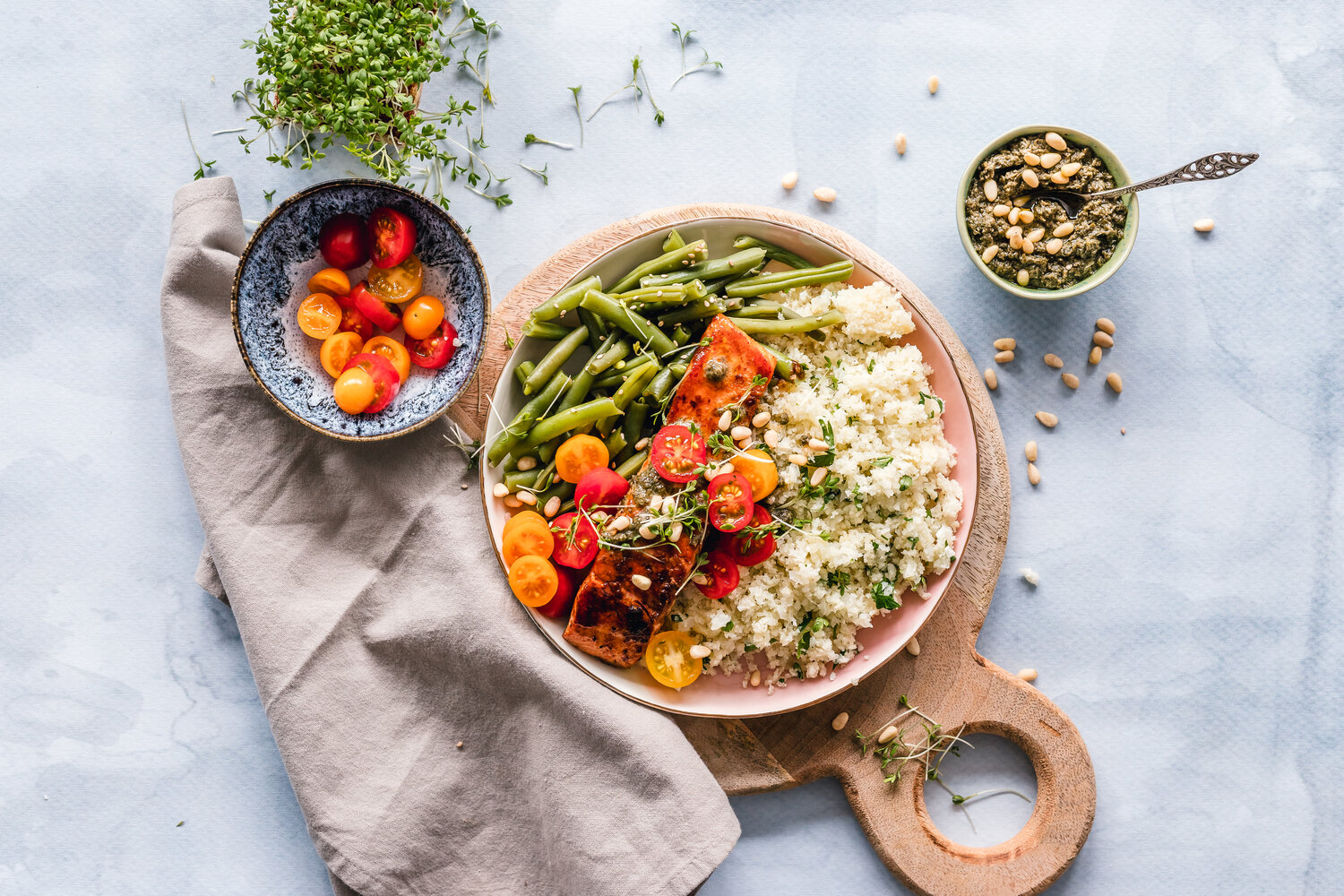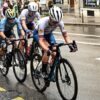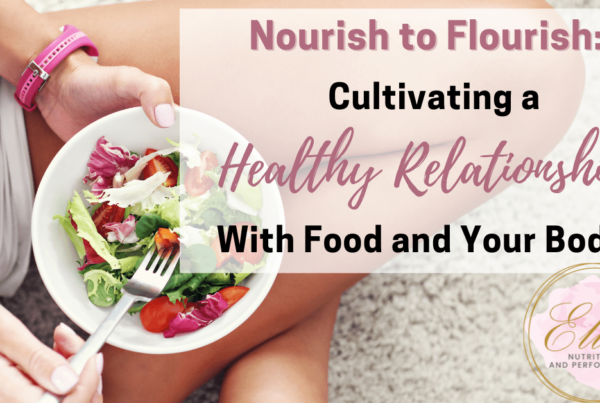Rest days are days that you allow your body a break from working out. These days are essential, as they’re designed to help your muscles recover, prevent fatigue, improve athletic performance, and reduce your risk of overuse and injury. While rest days may not incorporate much physical activity, what to eat on rest days is still an important question when it comes to maintaining your athletic performance.
How to approach eating on rest days
Generally, your body doesn’t need as many calories on days you are resting as it does on days of high activity, but this doesn’t mean you should cut way back on calories either. While you could estimate a range of calories to aim for on your active versus rest days, this isn’t necessary if you are still seeing progress.
Rest days are a good opportunity to practice a more intuitive style of eating while incorporating nutrient-dense food choices that support muscle recovery. Listen to your body’s natural hunger and fullness cues. On rest days, nourish your body well so that it’s replenished and ready to get back to the gym.
Rest days will also help prevent burnout and keep you motivated to get moving on your training days. Especially if you’ve been in an exercise routine for a while, and your weight has remained stable, you can assume that you’re eating in a way that maintains balance.
You can still take this intuitive and restful approach, even if you’re trying to make changes to your weight. Rest allows your body the relief it needs to repair, rebuild, and grow muscle. Having more muscle mass results in your body burning more calories at rest, by naturally increasing your resting energy expenditure. Fueling your body with a focus on well-balanced nutrition can help you maintain optimal performance and reach your goals.
What to eat on rest days
A rest day nutrition plan should include the right balance of carbohydrate, fat, and protein. Adequate protein intake from high-quality sources is important to support muscle repair and growth. After all, protein is the building block of your muscles. While the RDA recommends just 0.8 g/kg of protein, I suggest highly active individuals aim for closer to 2 g/kg, even on days you are not working out.
Some good protein sources include chicken, beef, fish, tofu, tempeh, legumes (e.g., beans, peas, and lentils), as well as nuts and seeds. Protein powders are also an easy option to add to smoothies. Check out my guides to choosing the right plant-based and whey protein powders.
Fiber-rich complex carbohydrates are great for rest days. Carbs are stored as glycogen in your muscle and liver and are depleted with exercise. Examples of complex carbs include fruits, veggies, and whole grains like quinoa, brown rice, 100% whole wheat pasta or breads.
Foods that are high in refined carbohydrates and excess sugar are ones to try to minimize on rest days. These foods won’t help your body metabolically recover. On the other hand, fruits and veggies are high in antioxidant compounds that fight inflammation, which can do wonders for your body after tough workouts.
Rest days are also an ideal time to stay hydrated. Your body is made mostly of water, so keeping it continually replenished is essential on days you’re losing fluid through sweat as well as days you’re recovering. Drinking water helps prevent muscle cramps from dehydration as well as transmitting nutrients through your body. One way to improve both hydration and intake of antioxidants would be to make a smoothie, here’s a list of 25 healthy smoothie recipes to try.
What to eat on rest days may not differ too drastically from days you’re working out, but should focus on choosing foods that replenish your body and promote muscle repair, as well as staying hydrated. For more guidance on what to eat depending on your training regimen and goals, contact me here.
Source link








